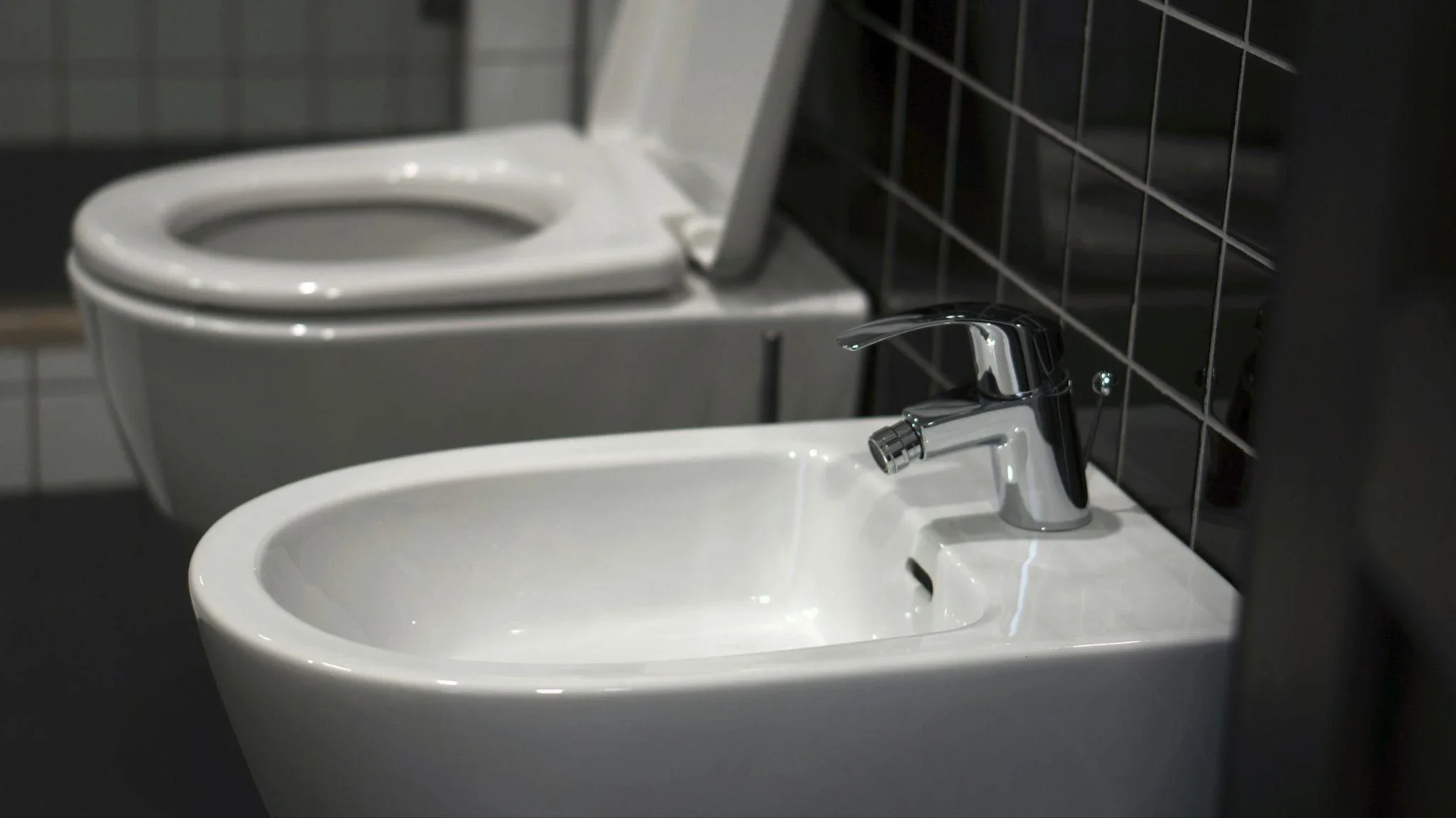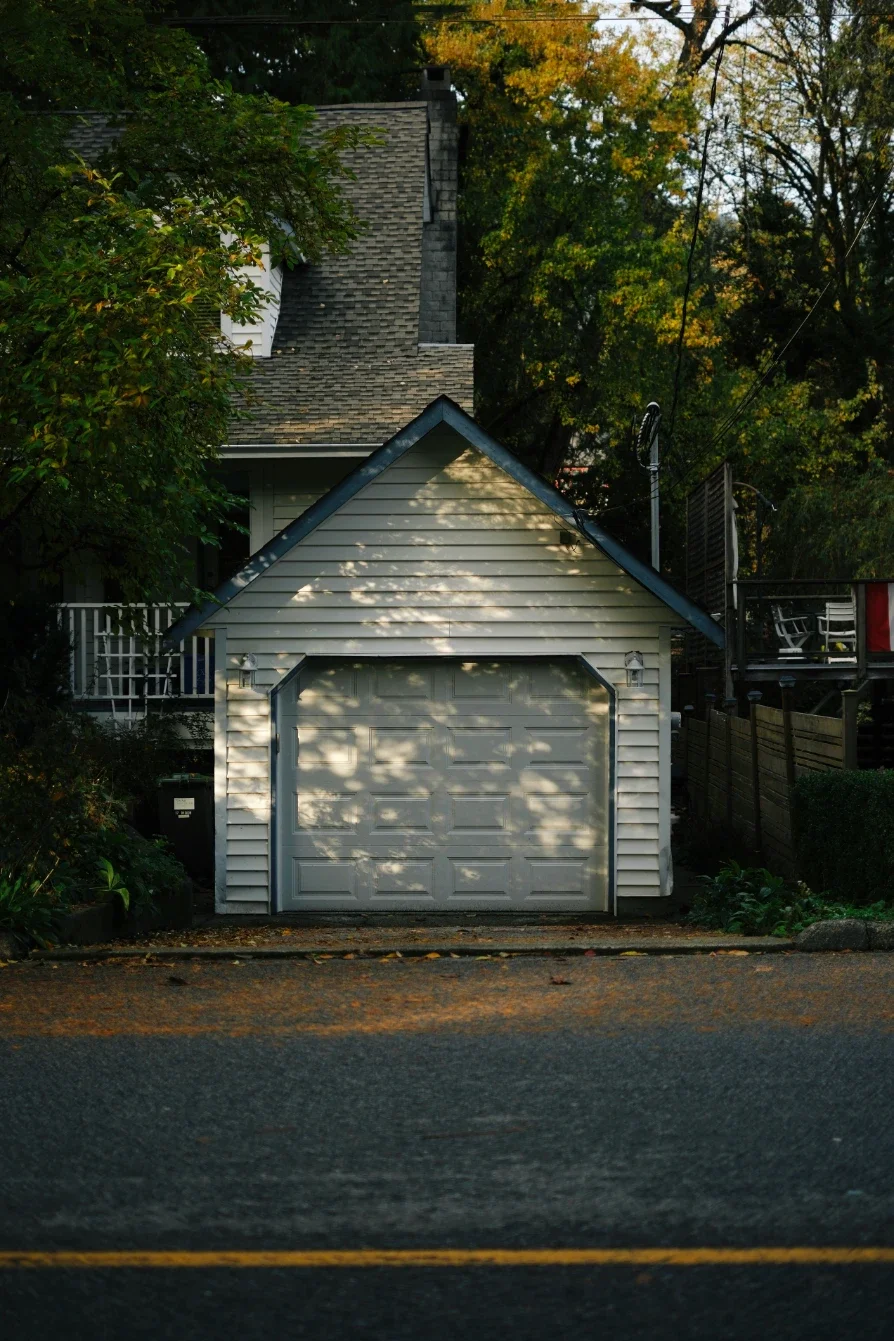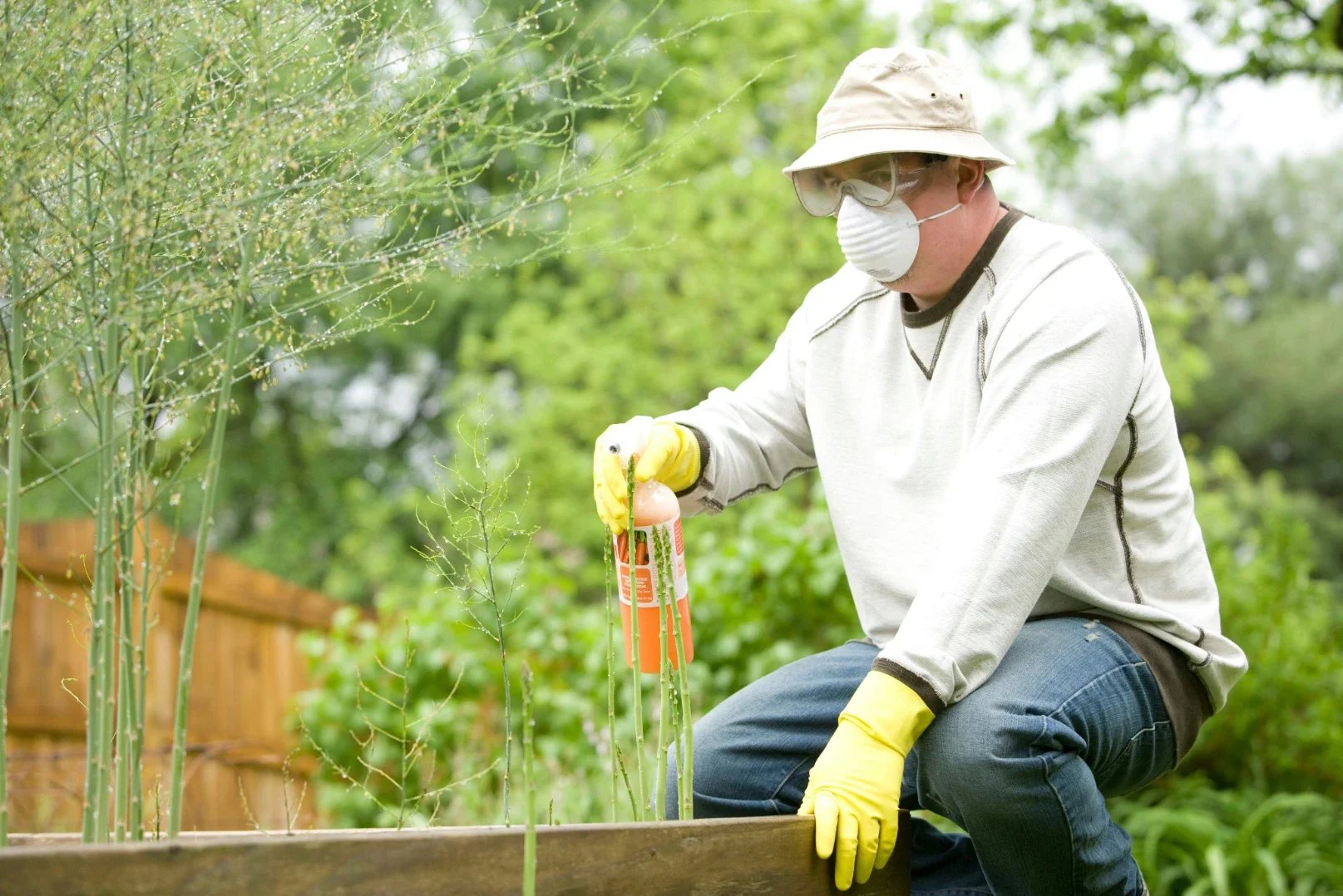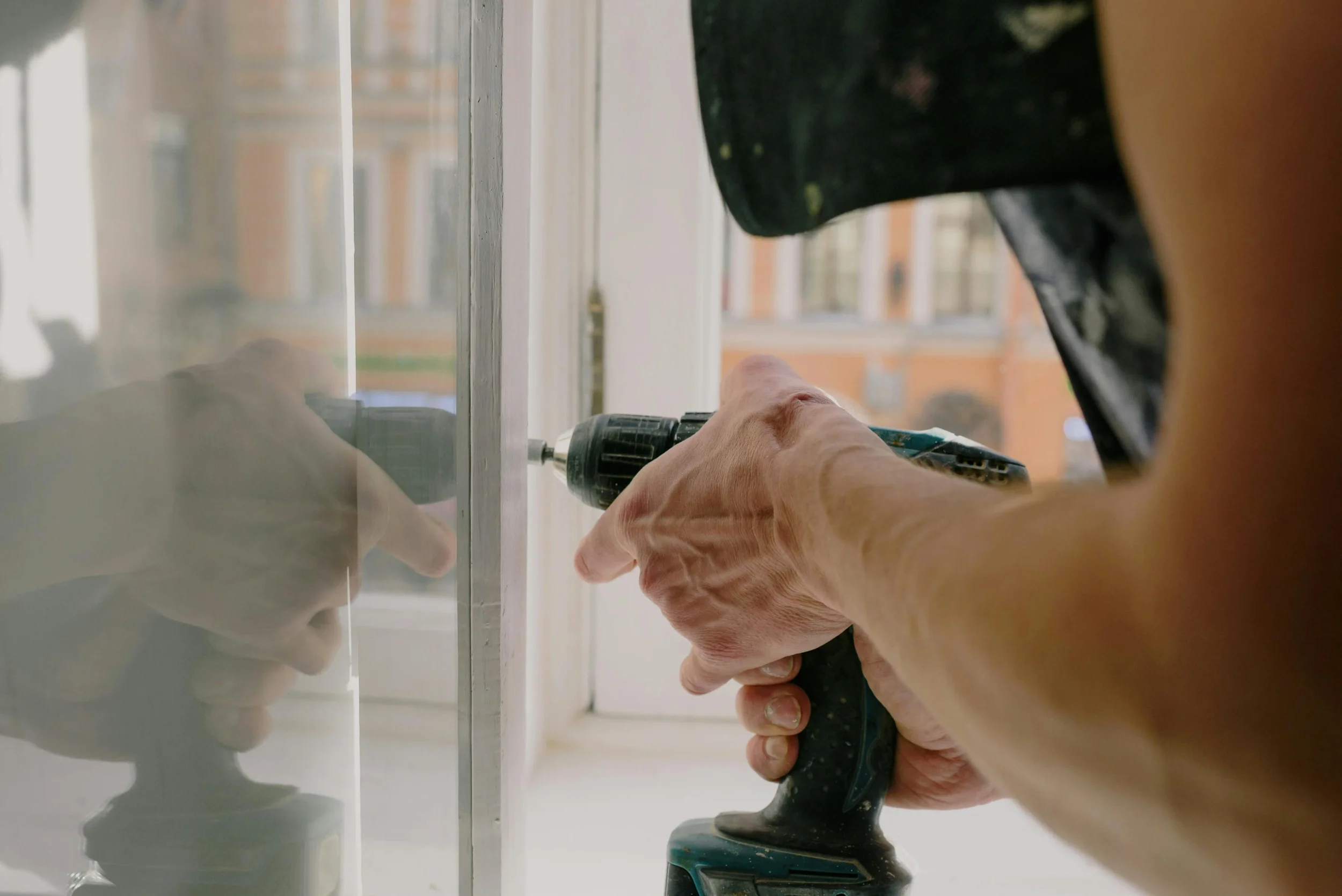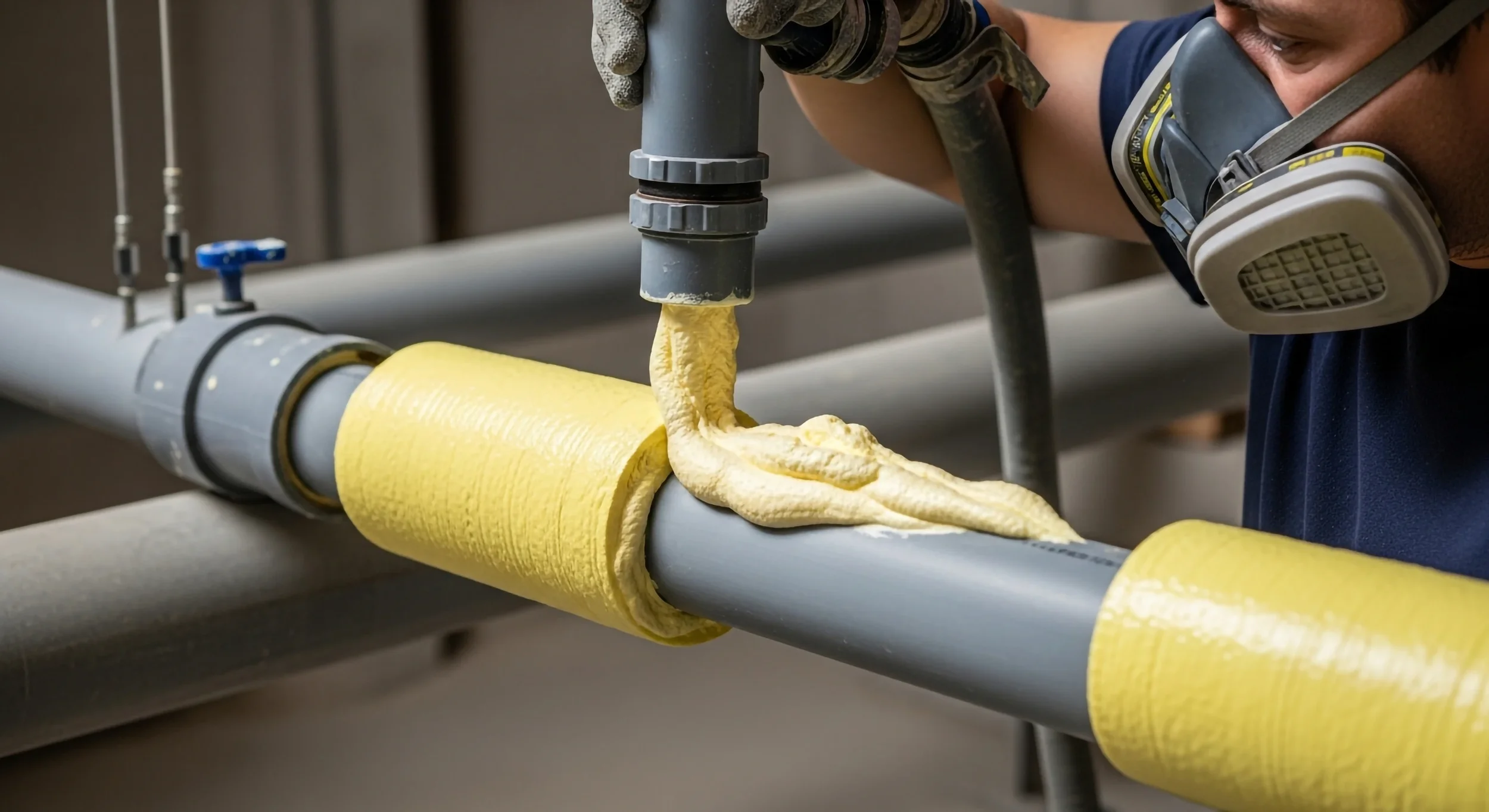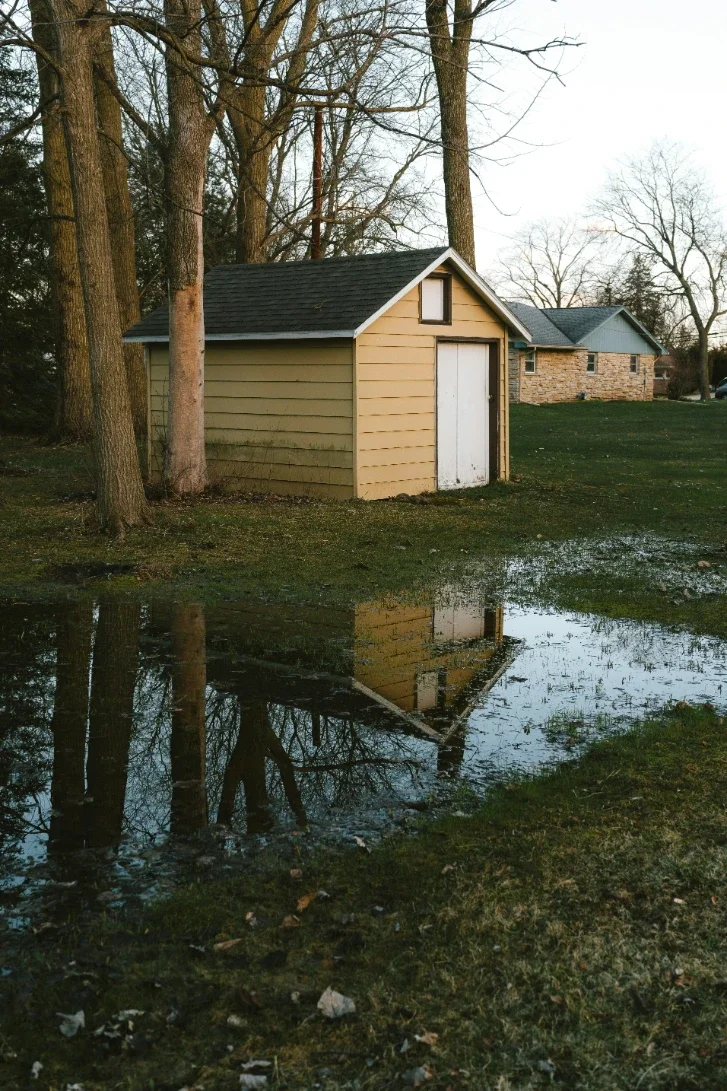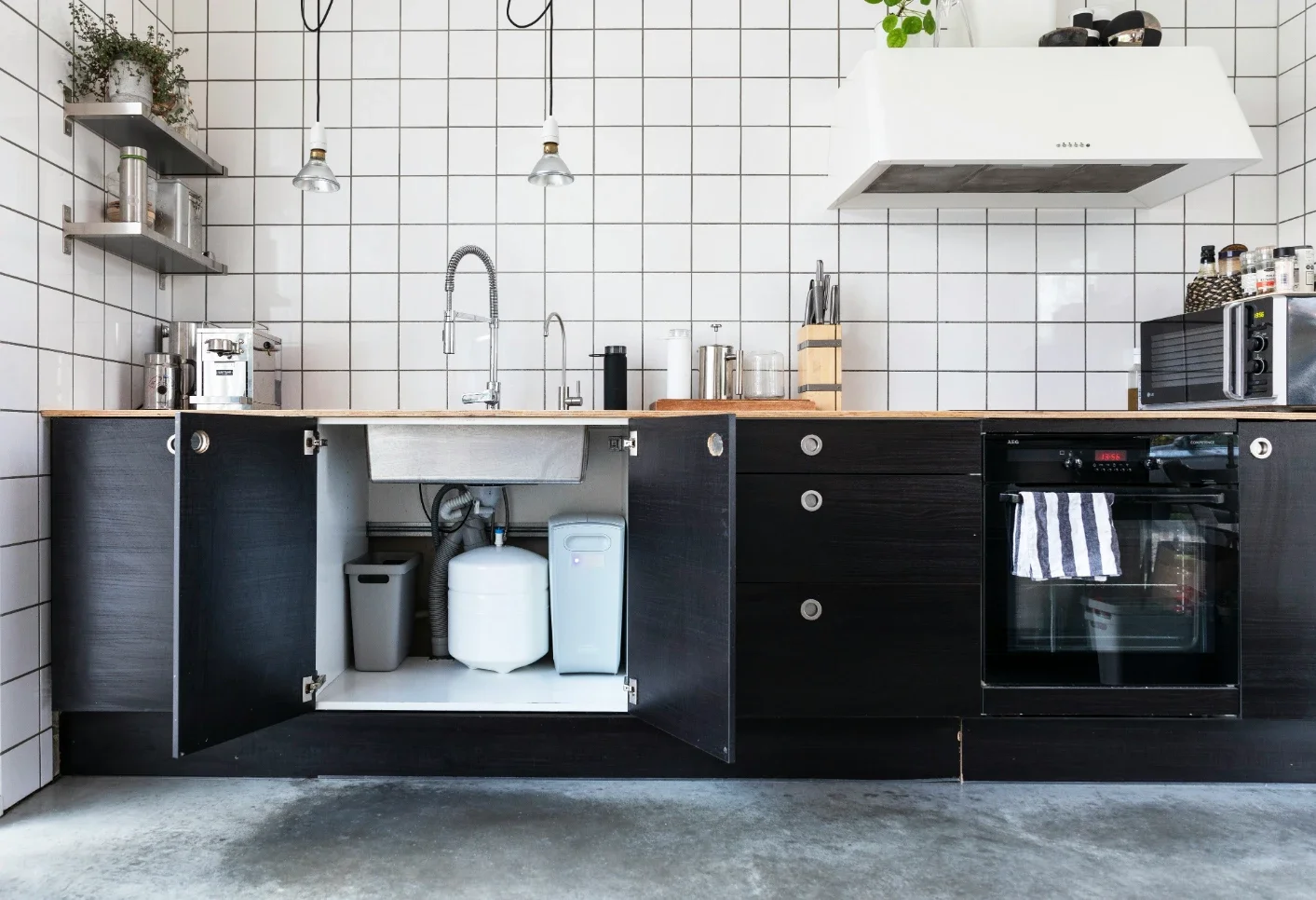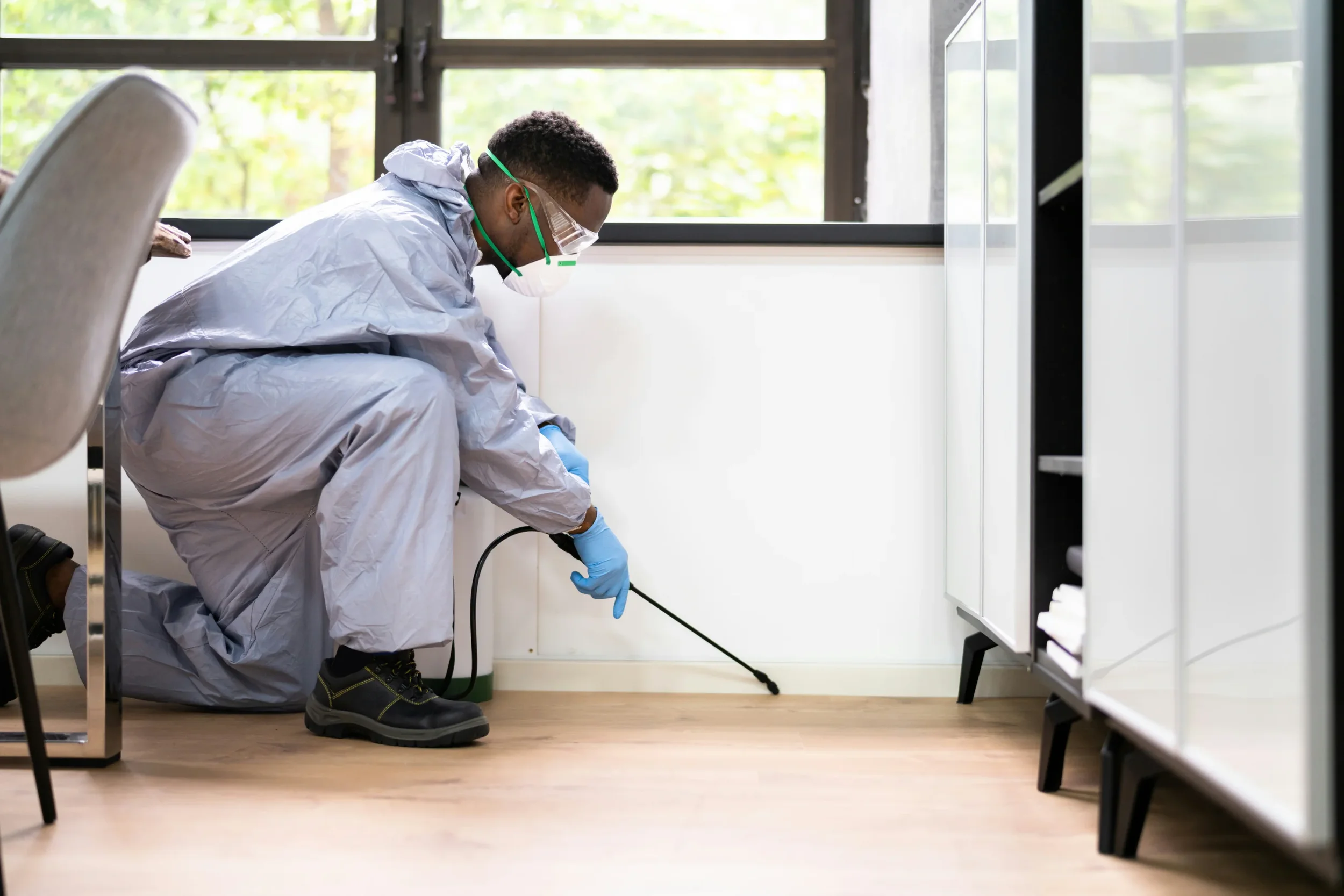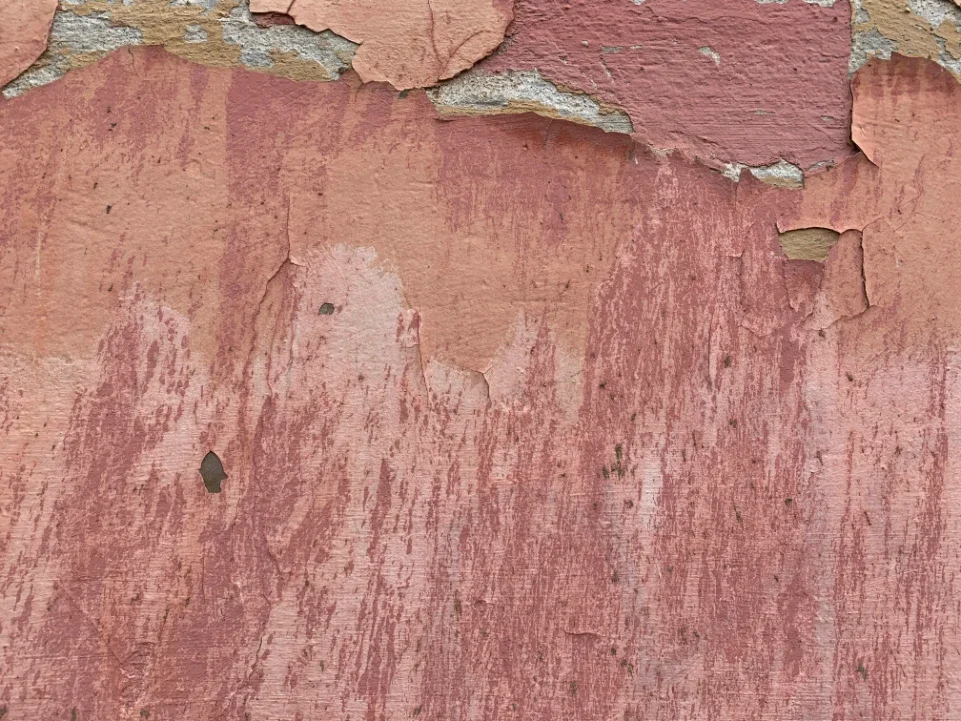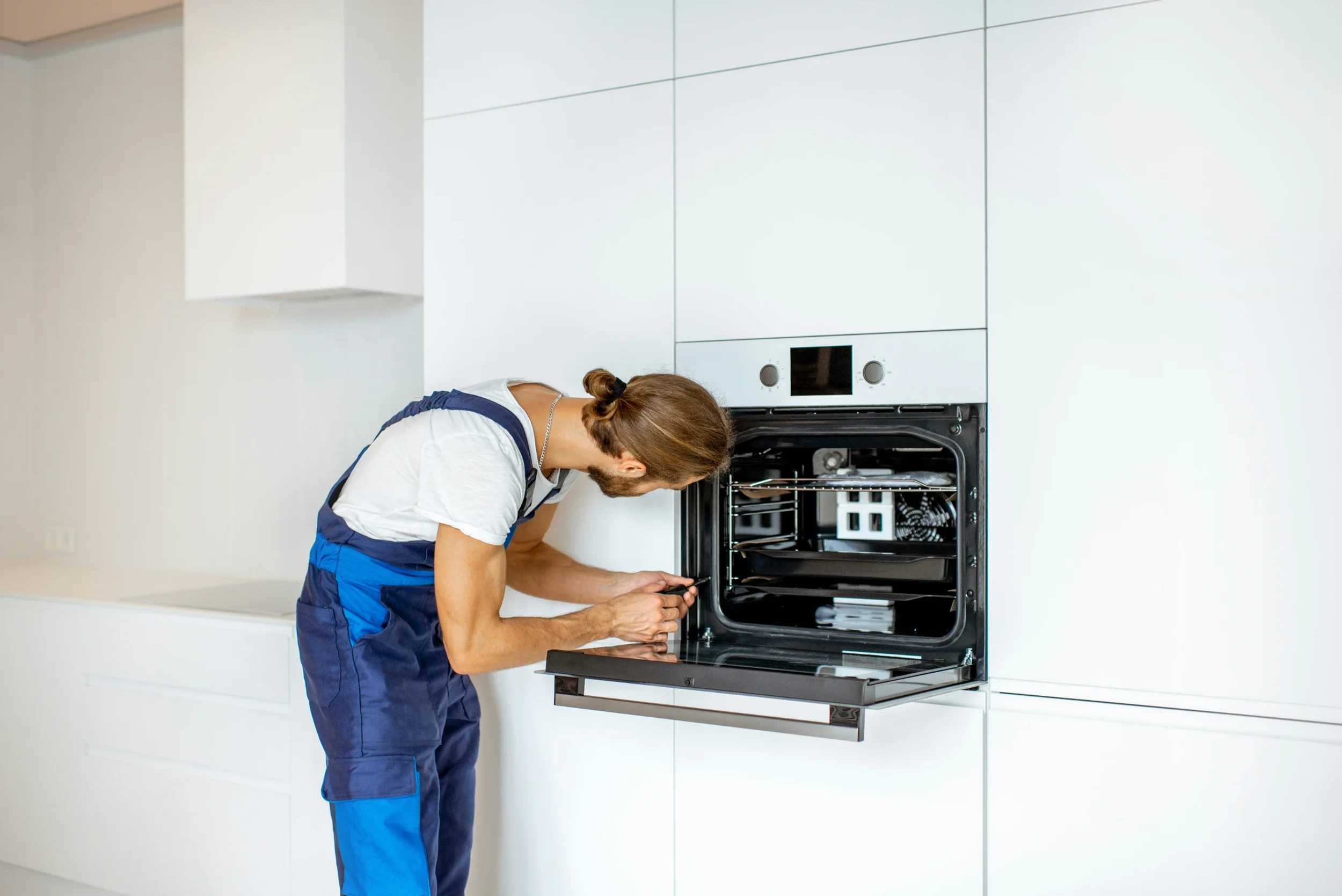How to Handle Common House Painting Problems and Mistakes
Discover effective solutions for common house painting problems and mistakes to achieve a flawless finish in your home projects.
Painting your home can be a worthwhile investment. However, even the most careful planning can encounter unexpected challenges. From peeling paint to uneven finishes, common painting problems can be frustrating.
In this guide, we'll discuss the most frequent painting issues and provide practical solutions to help you achieve a flawless finish. These tips will help you understand and tackle any painting challenge that comes your way.
1. Paint Peeling and Blistering
Peeling and blistering paint can be a frustrating problem, often caused by a combination of factors. Moisture trapped beneath the paint, poor surface preparation, and low-quality paint are common culprits.
To prevent and address these issues, prepare the surface by cleaning, drying, and repairing any damage. Apply a suitable primer and then paint in multiple thin layers, ensuring each coat is completely dry before applying the next.
Interestingly, there’s a resurgence of interest in distemper paint, a traditional option known for its breathability and resistance to dampness. As highlighted by Ideal Home, the distemper's vapor permeability helps prevent moisture build-up, a common cause of paint peeling. Its eco-friendly nature and the ability to create a vintage aesthetic have contributed to its popularity, particularly in light of the Bridgerton-inspired design trend.
2. Uneven Finish
Achieving a smooth and flawless paint finish can be challenging, especially for DIYers. Common issues include lap marks, brushstrokes, and orange peel texture. These imperfections can significantly detract from the overall appearance of your painted surfaces.
Tips to avoid lap marks, as shared by expert house painters, include maintaining a wet edge by overlapping your brushstrokes while the paint is wet. For larger areas, using a roller with an extension pole can help maintain a consistent wet edge. To minimize brush strokes, opt for high-quality brushes with soft bristles and apply thin, even coats.
Orange peel texture, characterized by a bumpy appearance, is often caused by excessive paint or improper roller technique. To prevent this, load the roller with a moderate amount of paint and apply it evenly in a W or V pattern. For a smoother finish, consider using a foam roller or a high-density microfiber roller cover.
Why does paint dry unevenly?
Paint dries unevenly due to factors like inconsistent application, varying surface textures, or environmental conditions such as temperature and humidity. Poor-quality paint or improper mixing can also contribute. Ensuring even application, using high-quality paint, and maintaining consistent environmental conditions can help achieve a smooth, even finish.
3. Color Mismatch
According to Homes & Gardens, white has long been a staple in interior design, offering a clean, versatile backdrop for any style. However, the question of whether white walls create a sterile or stark atmosphere often arises. While white remains a classic choice, exploring other color options can add depth and personality to your space.
ALEX Painting notes that if you're venturing beyond white, color matching becomes crucial to avoid mishaps. Choose paint colors that harmonize with your existing decor and personal taste. Experiment with paint swatches under various lighting conditions to accurately visualize the final result. When in doubt, create a small accent wall to test the color before committing to the entire room.
If the chosen color turns out differently than expected, don't despair. Start by assessing the extent of the color mismatch. For minor discrepancies, adding another coat of the same paint might suffice. If the difference is more pronounced, consider using a primer to neutralize the existing color before applying the desired shade.
4. Paint Drips and Spills
Accidents happen, and paint drips and spills are common occurrences during a painting project. Quick and efficient cleanup is essential to prevent the paint from spreading and causing damage.
Prevention is key to avoiding paint disasters. When applying paint, work slowly and deliberately to avoid drips. If a spill does occur, clean it up immediately with a damp cloth or sponge. For larger spills, use absorbent materials like paper towels or rags.
For stubborn paint splatters on wooden surfaces, the approach depends on whether they are overspray or drips. According to The Washington Post, overspray can be removed effectively by buffing with a wool pad attached to a drill or buffer. Drips and smears, on the other hand, may require a solvent to soften the paint before scraping or wiping.
How do you prevent paint spillage?
To prevent spillage, use painter’s tape to protect the edges. Additionally, employ drop cloths or plastic sheeting to cover floors and furniture and pour only a small amount of paint into your tray. Keep cans closed when not in use, and handle brushes and rollers carefully to minimize drips.
5. Mold and Mildew
Mold and mildew thrive in damp, humid environments, posing potential health risks to occupants. These microscopic organisms can trigger allergic reactions, asthma, and respiratory issues in sensitive individuals. To prevent these problems, maintain good ventilation, control humidity, and promptly fix any leaks or water damage.
If you suspect mold growth, you need to identify and address the moisture source. Cleaning moldy areas with a solution of bleach and water can help kill mold, but it may not eliminate the root cause. Severe mold infestations may require professional cleaning and remediation.
6. Paint Smell
The strong odor of paint can linger for days, making it unpleasant to occupy a freshly painted room. Luckily, there are various ways to diminish and remove the odor. Proper ventilation is crucial for dispersing paint fumes. Open windows and doors, and use fans to create airflow. Patience is key, as it often takes several days for the smell to dissipate completely.
Natural odor absorbers can also help neutralize paint fumes. Baking soda, white vinegar, and activated charcoal are popular choices. Place bowls of these substances around the room to absorb unwanted odors. Additionally, coffee grounds and lemon slices can help freshen the air.
Can smelling paint fumes be harmful?
Yes, inhaling paint fumes can be harmful. Prolonged exposure to volatile organic compounds (VOCs) in paint can cause respiratory issues, dizziness, and headaches. You need to ensure proper ventilation when painting and consider using low-VOC or zero-VOC paints to reduce health risks.
Painting your home can be a rewarding project that transforms your living space. However, encountering common painting problems can be frustrating. By understanding the causes of issues like peeling paint, uneven finishes, and color mismatches, you can take proactive steps to prevent them.
Proper preparation, quality materials, and patience are essential for achieving a successful paint job. Remember, addressing paint drips, spills, mold, and odors promptly can help maintain a healthy and visually appealing home.
With the right knowledge and techniques, you can overcome these challenges and enjoy the beauty of your freshly painted space.



